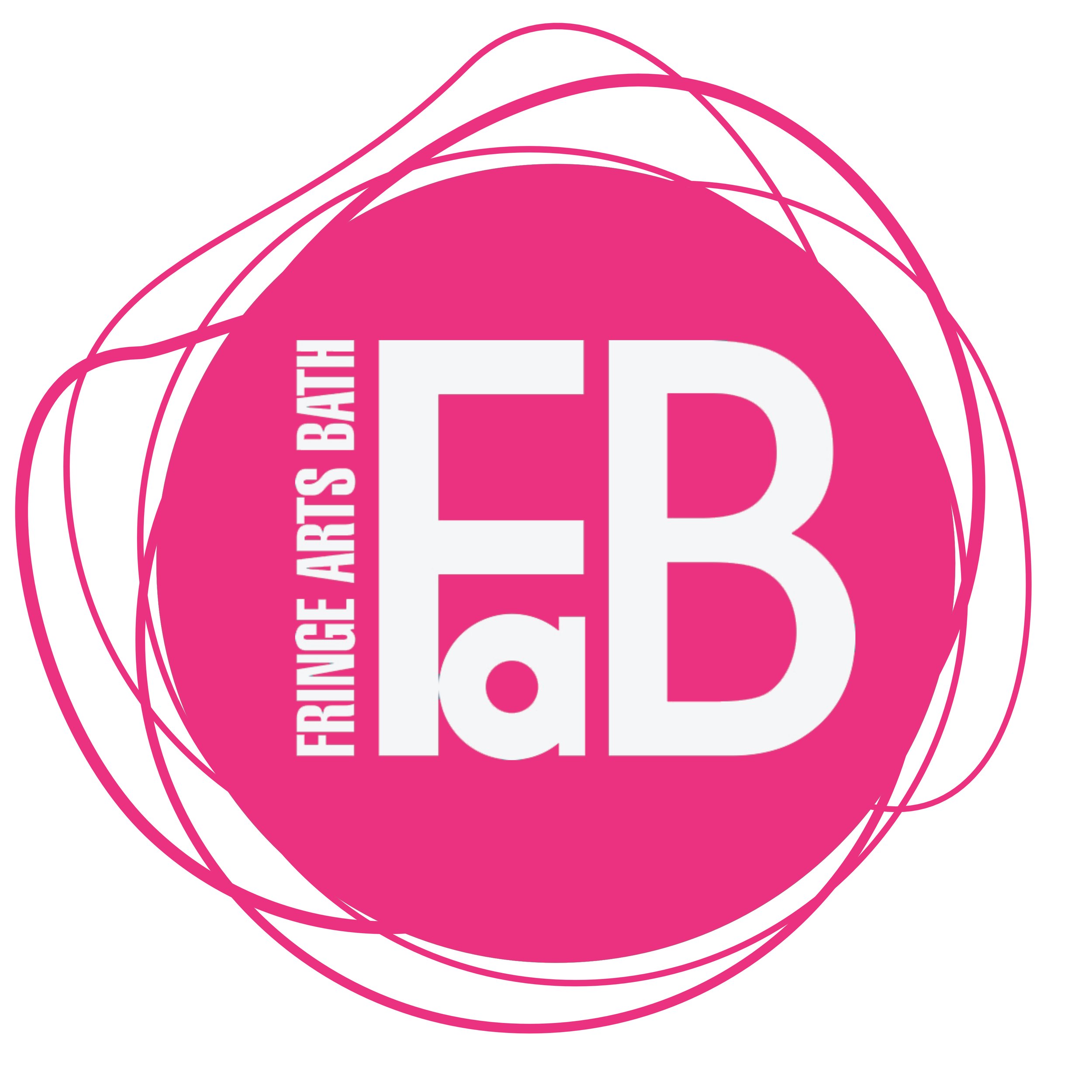Co.Lab Sound: Participatory Practices
What does eating thai food with a bunch of strangers, a community-led parade and models in rhinestone bikinis all have in common?*
Curator Nicolas Baudriard’s introduced Relational Aesthetics in 1996 as a term to categorize artists working within the realms of participatory practice. Using the format of event or performative actions as collective art experiences, artists facing the rise of the world wide web and beginnings of the digital age as we know it honed in on the experience of human connection as their material. Relational art has come up against criticism - most notably from art scholar Claire Bishop as she argues that works such as Tiravanija’s Pad Thai reinforces the “closed art world” and the ignores larger class politics at play in these collective experiences.
I have always been fascinated with participatory practices, the public's general anxiety to get involved or step out of their safety of the crowd always seemed to me like an energy that music and theatre had tackled but not art. Participatory interactions are a cornerstone in the realm of performance - looking at clear examples in the works of Marina Abramovic, Yoko Ono, or Erwin Wurm. What I think is most fascinating to me however, is the process that happens between the public and the artist in these moments, a transfer of creative power and freedom from an individual to the group. Collaboration is the name of the game and lets the audience into that creative process.
Kafig Performance at Camden Arts Centre 2019
*Rirkrit Tiravanija Pad Thai, Pierre Huyghe’s Streamside Day, and Vanessa Beecroft’s VB 35.




